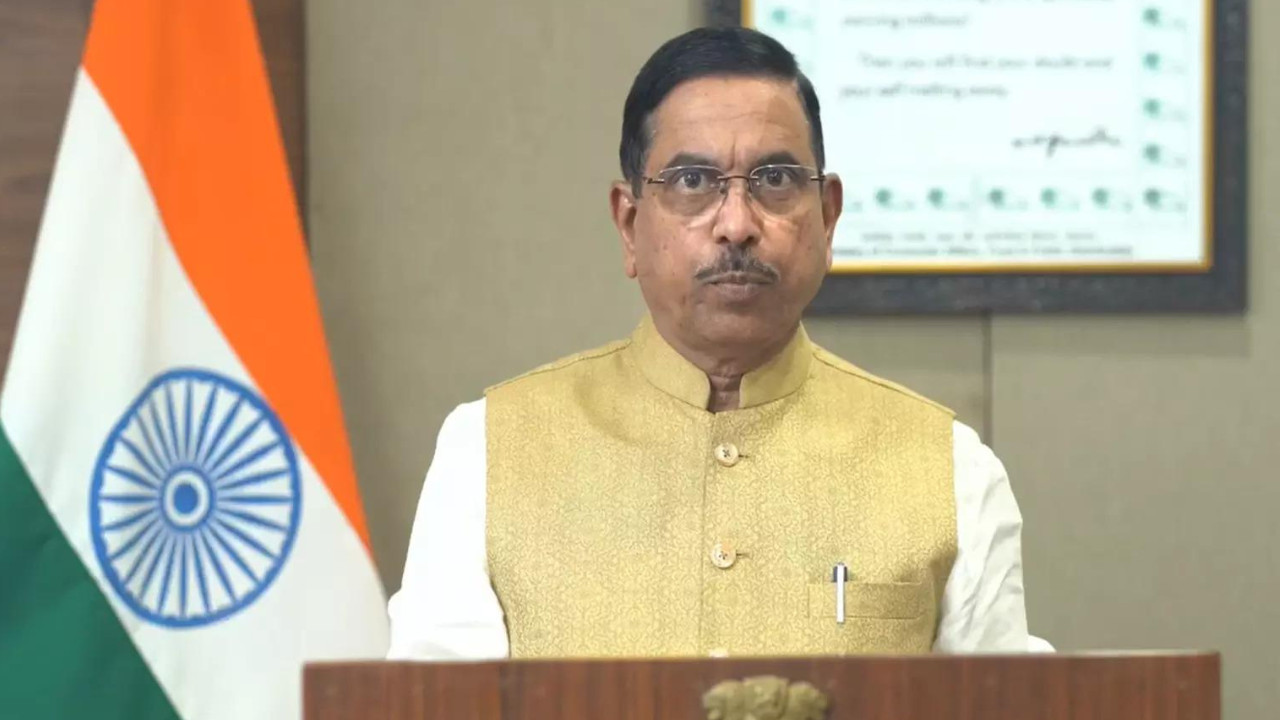The Trump administration is pushing for swift trade deal conclusions, urging nations to submit optimal proposals. This urgency follows initial tariff suspensions and market reactions. While a preliminary agreement exists with Britain, the U.S. seeks comprehensive offers on tariffs, quotas, digital commerce, and economic security from partners like the EU, Japan, Vietnam, and India.
Trade Winds Howling: Is Trump’s Ghost Still Rattling Global Markets?
Okay, let’s talk trade. You know, that thing that makes the world go ’round, or at least keeps our shelves stocked with gadgets and our cars running. Remember the Trump administration’s “America First” policy? Well, its echoes are still bouncing around the global marketplace, pushing countries into a frenzy to finalize deals. It’s like a trade deadline straight out of a high-stakes sports movie.
The whispers coming out of Washington suggest a renewed urgency for nations to seal the deal on trade agreements – fast. Why the hurry? The clock, it seems, is ticking towards the possible revival of those pesky tariffs that caused so much friction during Trump’s tenure.
Now, you might be thinking, “Trump? Tariffs? That’s old news!” But think again. The possibility of these tariffs resurfacing is injecting a dose of anxious energy into international trade negotiations. Countries that were perhaps taking a more leisurely approach to finalizing agreements are now scrambling, realizing that procrastination might carry a hefty price tag.
The key takeaway here is the leverage. The U.S., even with a different administration in charge, still wields significant influence in global trade. The threat of tariffs, real or perceived, is enough to nudge nations towards the negotiating table with a renewed sense of purpose. It’s like a slightly rusty, but still effective, negotiating hammer.
Consider the countries currently involved in these frenzied efforts. We’re talking about significant players on the world stage, each with their own unique economic priorities and strategic objectives. They’re all trying to navigate the complexities of international trade while simultaneously trying to anticipate what the future holds for U.S. trade policy. It’s a complex dance, to say the least.
What’s really interesting is the psychology at play here. It’s not just about the specific tariffs themselves, but about the uncertainty they create. Businesses thrive on predictability. They need to be able to plan, invest, and make decisions with a reasonable degree of confidence. The looming threat of tariffs throws a wrench into the works, forcing them to hedge their bets and potentially delay investments.
This also shines a light on the delicate balance between protectionism and free trade. The “America First” approach, while appealing to some, often comes at the cost of strained relationships with trading partners. And while protecting domestic industries is undeniably important, it’s crucial to consider the broader implications for the global economy. Remember those supply chain disruptions we all experienced? Trade barriers only exacerbate those problems.
The urgency being pushed by the U.S. is therefore understandable, in a way. From a U.S. perspective, finalizing these trade agreements can solidify relationships, ensure access to key markets, and promote economic growth. It also sends a clear message that the U.S. is serious about shaping the future of global trade.
But from the perspective of other countries, the pressure to finalize deals comes with its own challenges. They need to carefully consider the terms of the agreements, ensuring that they are fair, equitable, and beneficial to their own economies. Rushing into a deal simply to avoid tariffs could have long-term consequences.
So, what does all this mean for the average person? Well, depending on where you live and what you buy, it could impact everything from the price of your morning coffee to the availability of certain consumer goods. Trade agreements have a ripple effect that touches almost every aspect of our lives.
Ultimately, the current situation highlights the importance of diplomacy, negotiation, and a willingness to compromise in the realm of international trade. It’s a reminder that global trade is not a zero-sum game. It’s about finding solutions that benefit all parties involved, fostering economic growth, and promoting stability. The ghost of tariffs past may be haunting the negotiating tables, but hopefully, reason and long-term vision will prevail. Because a world where trade flows freely and fairly is a world that is better for everyone. And who wouldn’t want that?
📬 Stay informed — follow us for more insightful updates!







